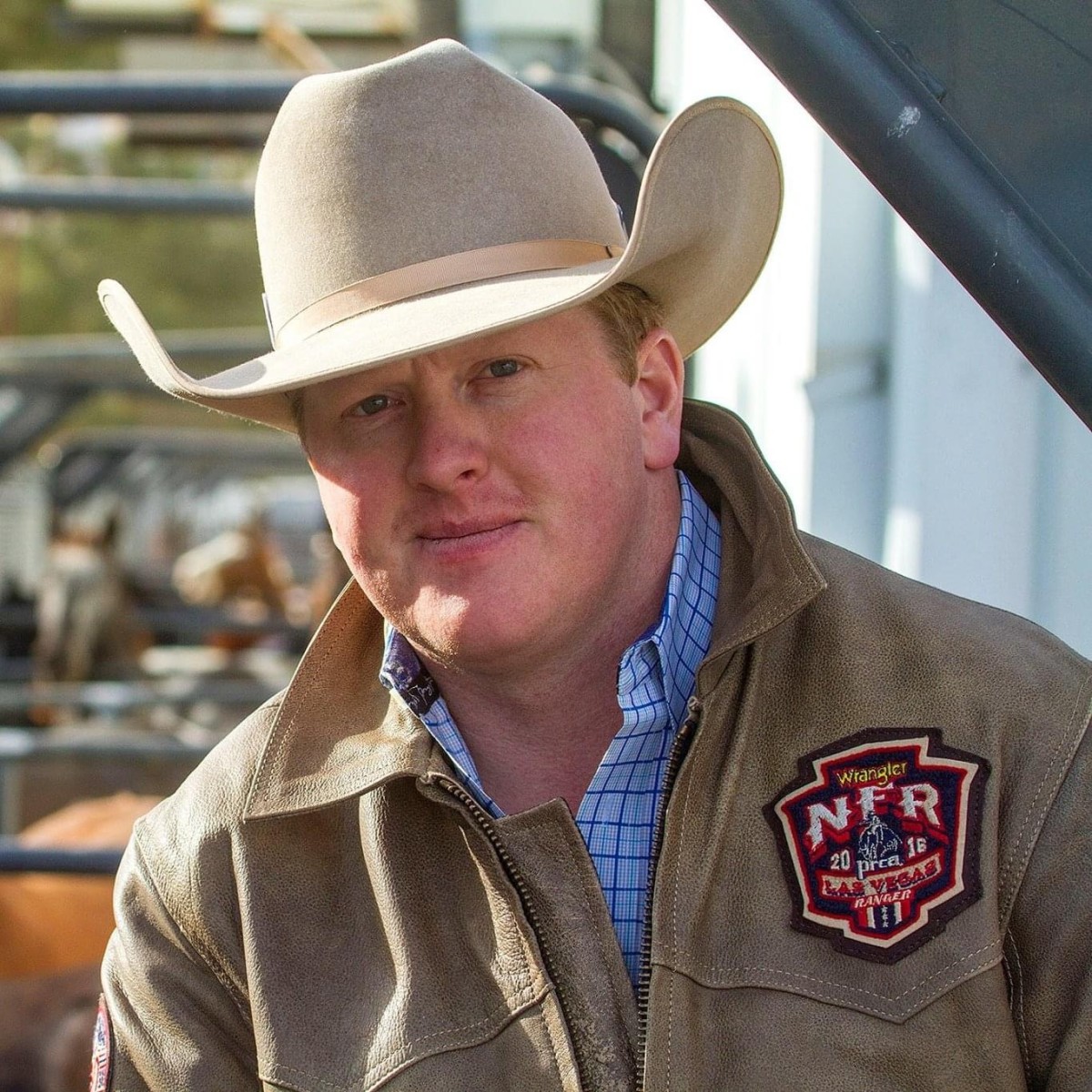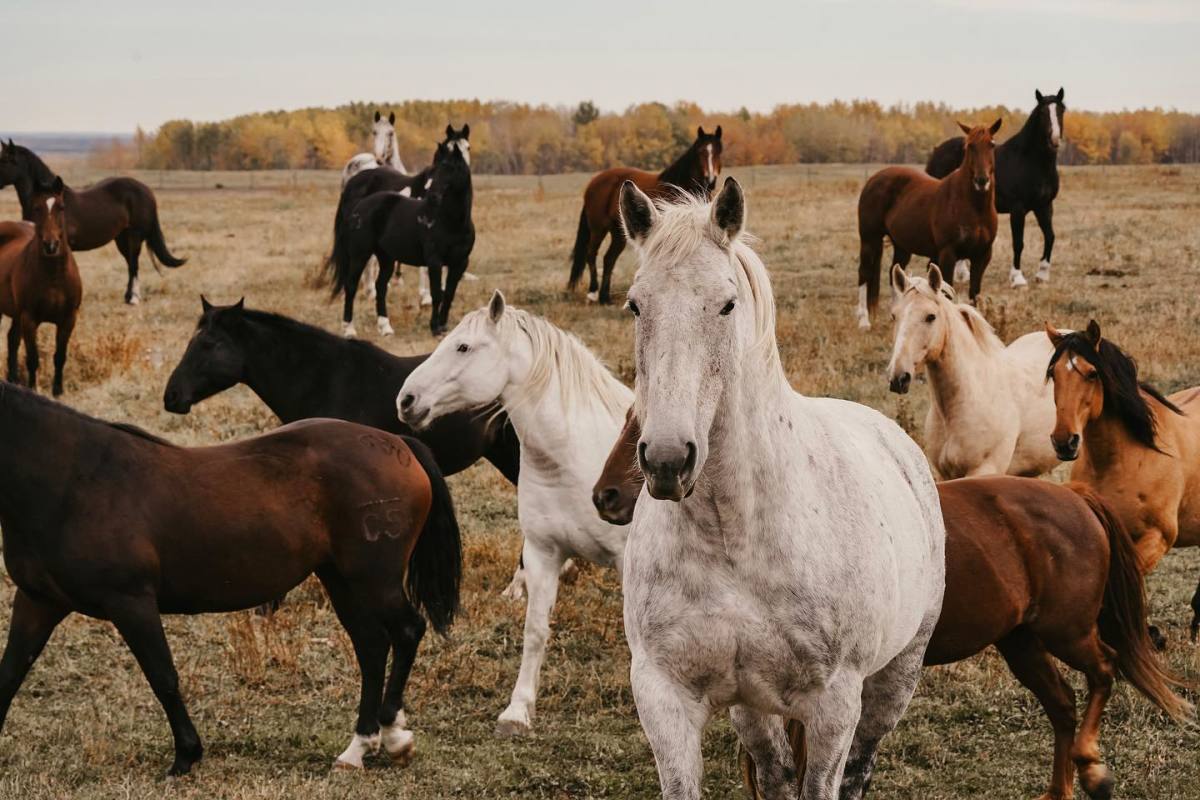Western Livestock Advocates Push Back Against Lies Promoting 'Rodeo Boycott' in San Diego

A not-so-surprising hit piece is out on the rodeo set to take place at Petco Park this weekend in San Diego, Calif. What is surprising to those involved in the Western industry is the journalistic malpractice throughout the article, published by an established news outlet.
"The rodeo arena is merely a detour en route to the slaughterhouse,” written in the latest San Diego Union-Tribune piece, could not be further from the truth.
“I think categorizing anyone involved in rodeo as an ‘animal abuser’ is a slap in the face,” Livestock and Welfare Consultant Jed Pugsley stated.

The Utah native cattle rancher has an elaborate background when it comes to the treatment of livestock.
Having majored in Agricultural Business and minored in animal science at Utah State University, Pugsley devoted the beginning of his career to being an Investigator with the Utah Department of Agriculture and Food.
His job was to investigate animal cruelty, neglect, and abuse. Pugsley explained he became well-versed in exactly what constitutes animal abuse and maltreatment of an animal.
“Anytime there was a concern that popped up in our area, we were tasked with investigating and figuring out what was going on. Anything from someone not feeding their horse to large-scale production.”
After working as a Livestock Investigator with the state, he was sought out by the Professional Rodeo Cowboys Association (PRCA) and worked with them for four years, assisting rodeo committees with their animal welfare and livestock needs/regulations.
“If they spent the effort and they spent the time to know what happens to rodeo livestock instead of criticizing and pointing fingers, they would understand who the true advocates of livestock truly are.”
Pugsley, like any animal owner in the Western industry, felt strongly insulted by what he read in the San Diego Union-Tribune.
“They’ve never fed a horse. They’ve never fed a bull. They’ve never spent all night long in a below-zero blizzard trying to keep their animals alive,” he added.
Along with other PRCA members and representatives of the C5 Rodeo, who is producing the three-day event at Petco Park, Pugsley spent Tuesday morning in court with those claiming to be ‘animal rights activists.’
“Ultimately, if people were to take a step back and ask, ‘Why do these animals look so strong and muscular, and well fed?’ I guarantee none of these activists would shove out the money to care and feed for these livestock. It’s not cheap. It’s not easy. It is not a glorious life, but it is what’s best for the livestock, and it is a wonderful way to live.”
The Western way of life is appealing to more than what the loud naysayers lead you to view, Pugsley believes. He said coming from a place where ‘right is right and wrong is wrong’ is something you won’t find many other places in today’s world.

Question: Do you think this picture of this animal rights activist wearing a leather belt, leather shoes, and leather briefcase is a double standard to animal activism?
Pugsley: I think some out there can’t see the forest through the trees. They are so hyper-concerned on specific areas that they forget what animals provide to us in our lives. A dog provides companionship and service. A beef cow provides us with food and security concerning our livelihood. Rodeo Livestock provides us with the opportunity to share our heritage, tradition, and [cowboy] culture with people who might not have the means to experience the same interactions with these animals. We want to share with the greater San Diego area, something we hold very near and dear to our hearts.

So, how is rodeo livestock treated? Let’s start at ground zero, the pastures they are raised on.
Phase One:
Rodeo livestock are not kept in an enclosed stall, and that stands true for the animal athletes who will be performing at this rodeo.
C5 Rodeo has some of the most dedicated athletes nestled either in the mountains of a 2,000-acre ranch in Helena, Mont., or grazed across the luxurious prairies of Western Canada in Alberta.
The animal athletes are gathered from those large pastures, sorted for their discipline, and loaded into commercial-size livestock trailers for space and comfortability.
Every animal owned by C5 does not go to a rodeo. They are specifically selected based on their talents/capabilities and current condition. Sometimes, rodeos do require long-distance travel, but livestock contractors also have a care system in place for this.

“They are stopped during their journey, rested, fed, and watered. It may take several days to a week to start their journey to the rodeo,” Pugsley explained.
He said the rodeo industry is really, very small yet close-knit, so as stock contractors are moving these four-legged athletes around the country, they will often stay at their ‘neighbors,’ which are other stock contractors they’ve gotten to know, or maybe a local fairground.
“The animals are checked when they are coming off the truck, given room to roam and exercise, and they are well-rested before being loaded for another day of travel.”
Phase 2:
Once the animals make it to a facility (a few days before competition), they are turned out outside with fresh grass, hay, or whatever they need to somewhat reflect their home.
“We want those animals to be in peak shape. Although they are the livestock of rodeo, they are the four-legged athletes of rodeo,” Pugsley stated.

If you were to spend your time on the rodeo grounds the morning before each performance, you’d likely find stock contractors talking to the animals, petting them, and hand-feeding some of them with treats.
There is a mutual respect between the thousand pounds of bucking stock and these cowboys, an appreciation.
Phase 3, Showtime:
Shortly before every rodeo performance, the bucking horses and bulls are moved from their pens to the competition chutes. They work for eight seconds and then are turned back to their housing pens, where they are given food and water.
For the San Diego Rodeo in particular, each bucking horse and each bull will only ride out of a chute once. Throughout a three-day rodeo, they will work eight seconds.
“The money, the effort, the time. It doesn’t play second fiddle to anything. Contractors bear this cost because that is what’s best for their livestock,” Pugsley emphasized.
He explained rodeo livestock are ‘purpose-bred animals,’ and every part of their upbringing is intentional and closely looked after. “..their hoof size, stout bones, and muscle mass.”

Unlike factory-produced poultry, which is overfed for their weight, the muscle of these bucking bulls or horses comes from their bloodline and cannot be forged.
“You cannot force an animal to buck. People have tried and tried and tried. It has to be in their bloodline, and they have to want to do it.”
C5 Rodeo is also known for being the contractor of an incredibly prestigious animal in the rodeo business. Awarded ‘Bucking Horse of the Year’ multiplied times, the grey gelding known as ‘Virgil’ has lived most of his life in Alberta, Canada.
Weighing just under 2,000 pounds, this rank horse ‘holds his head up high’ in the arena, Pugsley stated.
“He knows he is the best.”
An easy eight seconds for ‘Virgil’ is not an easy eight seconds for the cowboy strapped on his back, who maybe weighs 150 pounds soaking wet.
“And when he’s done [retired] with rodeo, I fully expect Virgil to have a grave along with a headstone to be memorialized for the athlete he is.”
